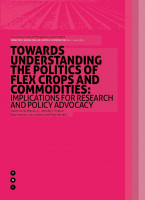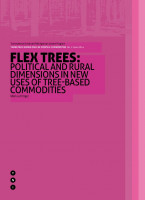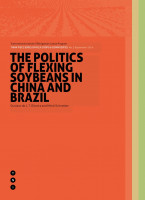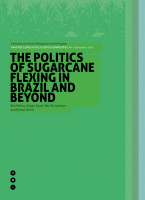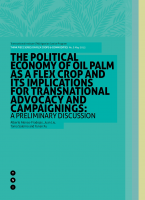Flex Crops: A Primer
What is a flex crop, and what does this mean for food, land, climate, and people?
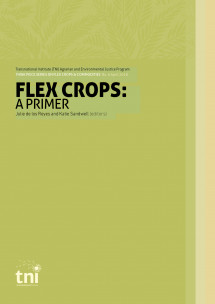
Downloads
Authors
Many crops have several uses, some have dozens. Crops like corn and oil palm have for centuries been used as the basis for feed, fiber, alcohol, and energy production, as well as serving as a staple source of food for cultures growing them. However, new uses for crops, and new economies around these uses, are emerging today.
Mediated by concerns around food and energy security; climate change; rising demand for natural resources and commodities from emerging economies; and the search for alternative financial investments, classic crops like corn, sugarcane, and soy, among others, and their by-products are now being produced, circulated and consumed differently—a difference that needs to be better understood and accounted for more fully. Understanding this transformation is important for combating the new social and environmental harms that arise from this mode of production.
This report compiles, in a concise and accessible form, the key findings from a series on flex crops published by TNI, to give an introduction to the concept of flex crops, the way that flexing is playing out around the world today, and how activists and social movements can engage effectively with this new dynamic.



